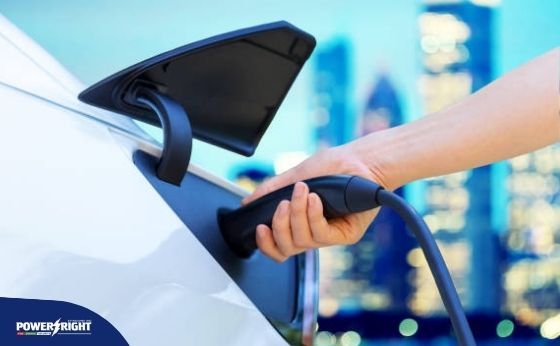
Driving an EV is different from driving an ICE (internal combustion engine) vehicle. The electric vehicle is more powerful, quieter and easier to maintain. Additionally, you can save a lot on fuel.
However, there are some things you should know when it comes to EV charging etiquette, especially at vehicle charging stations. Here are the key areas of charging etiquette that you should know and practice.
Match rapid EV charging process with similar length activities, for example, getting a coffee in a local café or having a walk. Lingering around vehicle charging stations is no one’s idea of fun.
Avoid using the last possible en route EV charger. Ideally, try to use the one before the second last. This strategy provides you with a safety buffer should the charger be out of service or occupied, as you will have two more to try ahead of you.
Form the habit of topping up your vehicle whenever you can. Although this mightseem alien for those used to refueling, it reduces your dependence on inconvenient and often expensive rapid EV charging. Thus, charging happens when you are busy doing other things.
Every EV driver knows that electric vehicle charging stations and spots are for charging plug-in cars. It is considered a bad form to park your ICE car (Internal Combustion Engined) in an EV charging station so that another electric car will not be able to use the EV charger. This practice is known as ICEing.
Park by the EV chargepoint only if you are going to charge. If you are at a public charging station, move as soon as you have completed the charging process to allow another driver to use the charger.
Remember that there is no need to charge your electric car up to 100% before moving. You can probably continue your journey with less. Consider moving as soon as you have got to what you think is an appropriate threshold.
1. Do not use a rapid charger if your electrical vehicle cannot rapidly charge. Some rapid EV chargers have AC sockets. So that some electric vehicles that cannot rapidly charge can still top-up charge. Some BEVs and most PHEVs can only charge at slower AC rates. If it is not an emergency, BEV drivers, as well as PHEV drivers, should avoid rapid chargers. PHEV drivers can continue travelling using fossil fuel.
2. Unplug and vacate the charging point as soon as you have got as much as you need. The rapid charging station is for charging and moving on. Hence you cannot go far from a charger while using it. This kind of behaviour is a simple act of kindness to other drives.
3. Did you know that the last 10% of the battery charges rather slowly? So, it would be quicker to get going when you reach about 85%. Charge your car either at the next one en route rapid charger or at your destination.
You are unlikely to use the charger the whole day, but depending on how busy your day is, it can be not that easy to move. Here are some helpful practices:
1. Leave a note with your phone number, so the other EV drivers can ask you to move.
2. Do not get annoyed if there are workers who cannot move at the moment.
3. Ask for more chargers!
The charging etiquette is still forming. It is essential to be considerate when topping up your EV so that you do not prevent other drivers from charging when they need to.
Stay philosophical about other electric vehicle drivers abusing the rules. It is much easier to forget about the annoyance than a conviction for criminal damage.